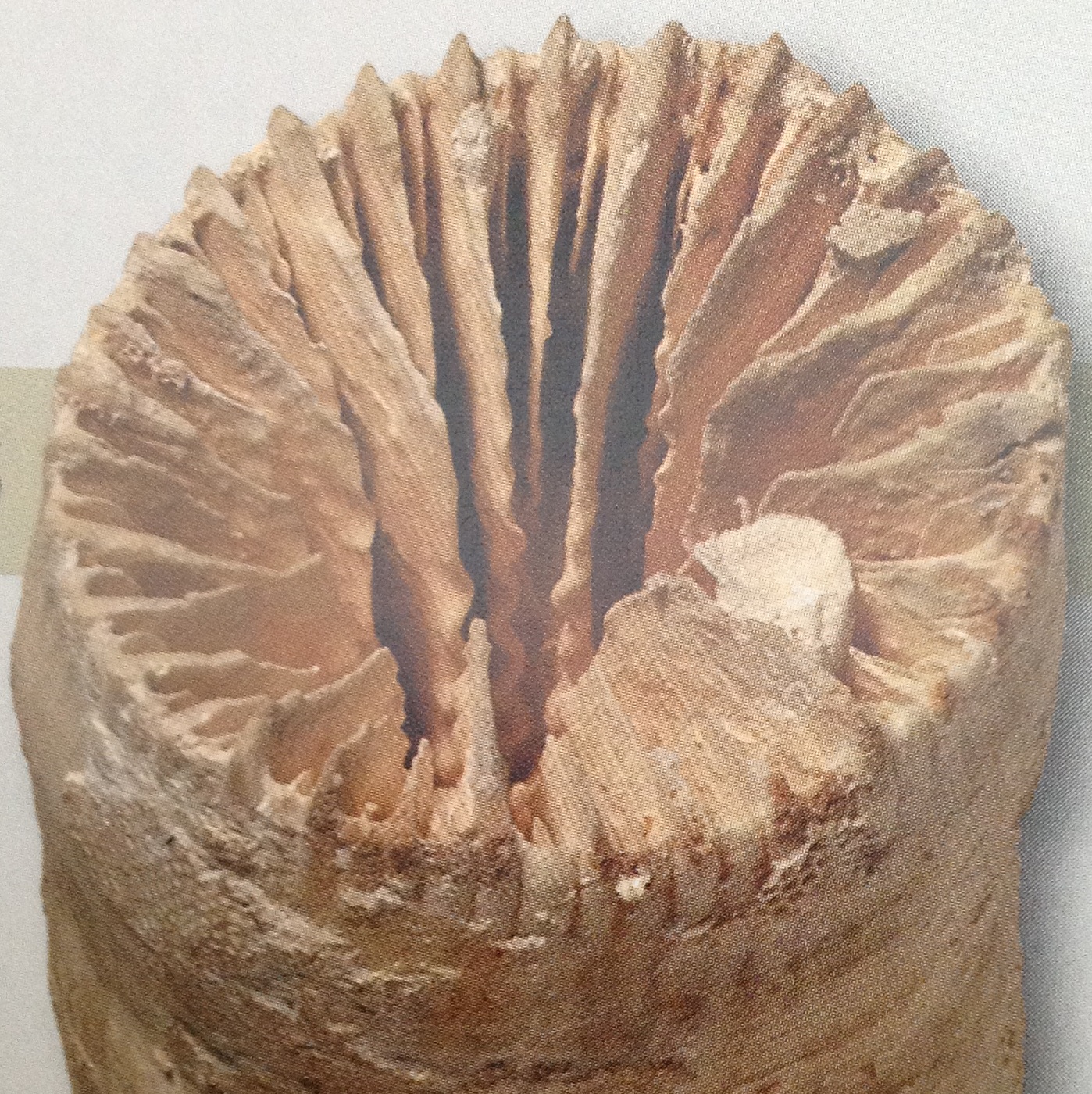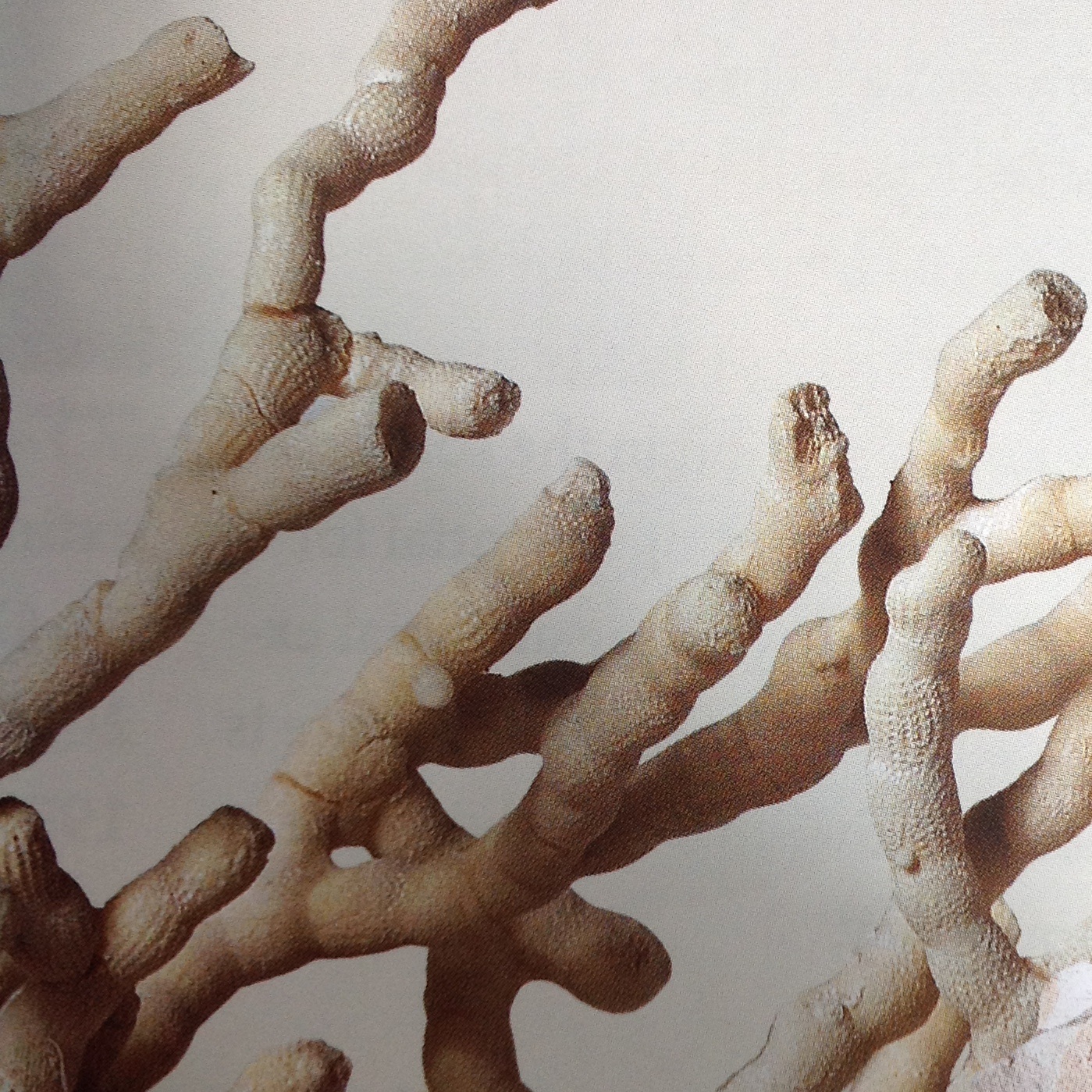Making Special
Artikel til oplægget på workshop 2
“Aesthetics, on the othe…
“Aesthetics, on the other hand, suggests a world of sensual contact with things – a world of bodies perceiving themselves and other bodies, a world thick with emotion and sentiment.”
“It is this sense of the term as corporeal – addressed to sensual perception and registering emotional intensities – that will make it useful to the sociologically informed study of culture. For social aesthetics, matter matters, and rationality and reason have to play second fiddle to the empirical world of sensation, affect and perception.” (Highmore 2010: 155)
“.. the positive challenge is for social aesthetics to apprehend the “qualitative uniqueness” of not just artworks but also cooking, gardening, media, furniture, business cultures, bureaucracies, and so on sociologically. This means, I think, treating such cultural forms as agents of social life, rather than mediated reflections thereof; it means always asking how such forms distribute the sensible and what effects and affects such distribution has; it means looking at the feelings, moods and modes that these forms generate. (…) It is at the concrete level of experience that the real potential of social aesthetics lies.” (Highmore 2010: 161)
Ben Highmore, 2010: “Social Aesthetics”, published in Handbook of Cultural Sociology, Routledge International Handbooks” edited by Hall, Grindstaff and Lo
Litterature notes: User Experience Design – a definition
“User experience design is the creation and synchronization of the elements that affect user’s experience with a particular company, with the intent of influencing their perceptions and behavior. These elements include the things a user can touch (such as tangible products and packaging), hear (commercials and audio signatures), and even smell (the aroma of freshly baked bread in a sandwich shop). It includes the things that users can interact with in ways beyond the physical, such as digital interfaces (web sites and mobile phone applications), and of course, people (customer service representatives, salespeople, and friends and family). One of the most exciting developments of the past few years has been the ability to merge the elements affecting these different senses into a richer, integrated experience.” (Unger & Chandler 2009:3)
Although the focus of Unger & Chandler’s book is the design of digital experiences – particularly interactive media such as web sites and software applications (apps), the authors also offer a broader and more comprehensive definition of user experience design – that is; one which does not only center on the design of digital experiences.
Russ Unger and Carolyn Chandler, 2009: “A project guide to UX design: for user experience designers in the field or in the making”
Litterature notes: Design Methods in Experience Design
Reviewing litterature on experience design with attention towards design methods.
Themes
Methods in design
sketching (Buxton 2007)
visualisation
“empathic design” (persona, cards etc.)
Intro by Desmet, Hekkert & Schifferstein in Desmet & Schiffersteing 2011, How to design for a user experience. from floating wheel chairs to mobile car parkds: selected work from TU Delft
Experience-driven design processes: 14 ‘ingredients’ in 35 projects. various products (tourism, culture, transportation, every day life), all aim for experience.
3 main processes (+ evaluation)
| explore/understand | envision | conceptualize/create | evaluate |
| understand the users + usage situation | envision + define the target user experience | conceptualize, materialize + test new concepts | |
| empathise (IDEO) | formulate design intention | transition from design intention to product design | |
| envision target user experience: specifies the experiential intention of the design project | |||
| target interactions | |||
| interaction visions |
(my graphic presentation of points made by Desmet, Hekkert & Schifferstein, 2011)
Method: empathic design
Koskinen et al, 2003, are from the design area of product design. Based on this design field they propose a method of empathic design. They argue that this method is relevant to a wider range of professions which are engaged in designing innovative product concepts: industrial designers, software engineers, new media designers, human relations experts.
Conventionally a product has been understood in terms of function. There is now a need to deal with “subjective factors”, these subjective factors include the emotional experience, and fittingly may be called the user experience. “Designers need systematic methods to be able to study experiences and these methods have to enable empathic understanding of users.” (Koskinen et al 2003: 7). There is a need for user-centred, empathic methods. Among other things, the authors suggest mapping the social and material contexts of use. (Informed by ANT/the material semiotic tradition, I like that they include both sociality and materiality. This could be pursued further).
Litterature notes: Experience Design
Reviewing litterature on experience design for good advice in relation to the design of a museum (exhibition facilities, communication and surrounding public space (landscape).
There is a cluster of terms at play: experience-driven design, experience design, experience-centered design, experience-based design, designing for experience, user experience design. I have chosen to use the term experience design. Several specific design areas deal with experience design. These design areas may be grouped in three large categories: product design, design of digital technologies and media, and spatial design.
Product design
Product design is closely related to and somewhat congruent with the field of industrial design. When experience design is embraced in product design it is from the fundamental attitude that all products are for users, and that a good way to think about these users is by focusing on experience. Desmet, Hekkert & Schifferstien (2011) call this experience-driven design, and argue that the method can be used for all sorts of design – from the design of floating wheel chairs to mobile car parks. In product design it has been common to conceptualize the user-product relation in terms of ergonomics – thinking about the physical and cognitive abilities of the user. Now these two foci have been supplemented with emotions; thinking of the user-product relation also as an emotional relation. This calls for experience- driven design strategies and methods (McDonagh, Hekkert, van Erp, Gyi 2004 editors of the book “Design and emotion: the experience of everyday things” Taylor & Francis, London & New York)
Three aspects of design experience: sensing, thinking and feeling
User experience (product experience) may be understood by focusing on three different aspects of users: physical abilities, cognitive abilities and emotions. Thinking of users by means of these three different aspects, provide us with three qualitatively different ways of thinking about the relation between the user and a design. Focusing on users physical abilities takes us to an aesthetic, sensorical relation, where ‘sensing’ is the primary mode of interaction. Focusing on users cognitive abilities takes us to a domain of mental acitivity, where ‘meaning making’ is at the centre. Focusing on emotional aspects of users takes us to the domain of affect, where the mode of interaction is governed by feelings and emotions.
Design of digital technologies and media
Experience is at the heart of people’s interactions with digital technologies. This is the applied design area where I have found it to be most common to use the term user experience – as in the term UX design. Growing from and out of the field of human computer interaction (HCI) the approaches of interaction design and user experience design have been good at articulating the need to focus on user experiences, and to point out discrepancies between the design intention and how it is experience by users. Unger and Chandler provide the following definition of digital user experiences […]. Although the focus of Unger & Chandler is the design of digital experiences – particularly interactive media such as web sites and software applications (apps), the authors also offer a broader and more general definition of user experience design.
Wright & McCarthy argue for human-centered informatics: for digital technologies and media “that enhance lived experience”. Digital technologies should be designed from an agenda of humanism, emancipation and empowerment.
In this applied design area there is a tradition for studies which point out flaws in technology. so much so that the tradition of participatory design has become a well established design tradition which stresses empowerment, user involvement, and works ethnomethodologically for including user practices, perspectives and logics into design processes. In participatory design there has been a tradition for working with complex information systems in situations of work, but with ubiquitous computing the domain of these design principles is expanding.
Spatial Design
A shift towards sense and emotion may be witnessed in the architecture and interior design. Architecture and the built environment has taken on new emotional and sensorical/aesthethic qualities. Buildings and interiors are designed to be experienced by the senses and to generate emotional impact.
Architecture can conceptualized for its appeal to users, in the form of ‘sense architecture’ (aesthetics), ‘feel architecture’ (emotion), ‘think architecture’ (cognition, reflection), and ‘act architecture’ (activity). This conceptualization is developed by architect Anna Klingman (2007: 50), and quoted in Marling, Jensen & Kiib 2008: 24). It echoes the domains of sense/body/aesthetics, emotion, and cognition/meaning, and furthermore adds act, activity (which I take it also encompasses inactivity/rest.) [This addition of act, activity is inspiring. It links to practice theory; to emergent patterns of action. And it also would be interesting to think further about it with Serres philosophy of the five senses, where motion plays a central role.]
Museums are an example of a space which primarily has operated within a logic of rationality, where the primary relation with visitors was in terms of cognition and meaning-making with the purpose of information and education, but which now operates in sensory engagements, affects, emotions and – experiences.
In “Designing the Experience City”, edited by Marling (2008), Marling writes of hybrid buildings. For example a hybrid art museum, which both functions to exhibit art, make art and sell art. It works through what Marling calls a combination of architectural programmes. The architectural structure, the museum, takes on the form of a cultural project with a mixture of ingredients and identities. It is simultaneously an architectural icon, a motor for urban renewal and a space for performance. The museum is a hybrid of high culture, edutainment, and bodily exertion. “Hybrid cultural projects are characterised by a conscious fusion between urban transformation and new knowledge centres, cultural institutions and experience environments.” writes Marling (2008:29), and with reference to Haajer & Reindorp (2001) further remarks that “it is the overall thesis that these hybrid cultural projects, stages and spaces are potential ‘public domains’, i.e. places for social and cultural exchange between lifestyle groups with different values and worldviews.”
Litterature
Product design: Desmet, Hekkert & Schifferstein 2011; McDonagh, Hekkert, Van Erp, Gyi 2004; Koskinen 2003
Design of digital technologies and media: Shedroff 2001 (focus on new media but also other examples); Unger & Chandler 2009; Wright & McCarthy 2010 “Experience-centered design – designers, users, and communities in dialogue, Morgan & Claypool Publishers (syntheisis lectures on human-centered informatics #9; Wilson 2010 (further reading: -> the Morgan Kaufmann Series on interactive technologies)
Spatial design: [retail spaces:] Riewoldt 2002; [city:] Kiib, Marling; [garden & landscape] Conan 2003


